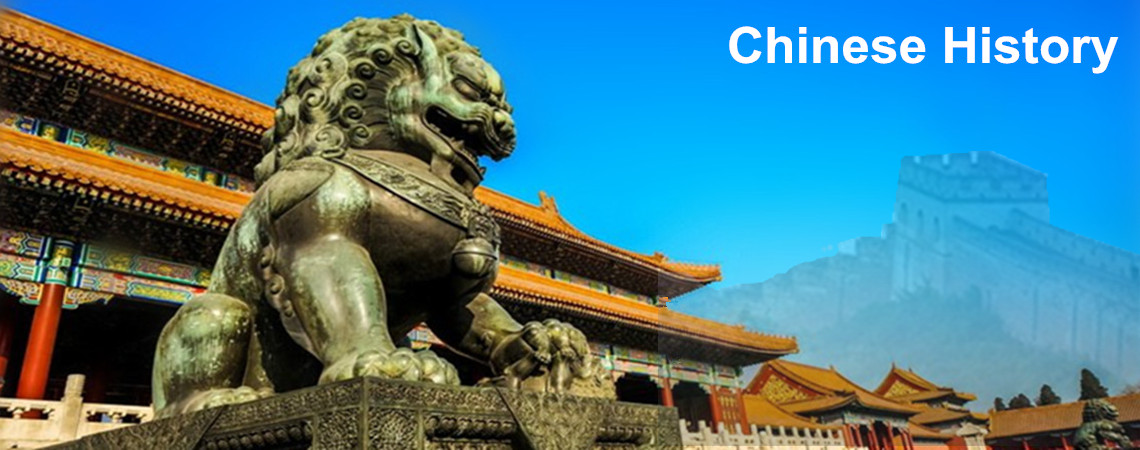
Ming Dynasty (1368-1644)
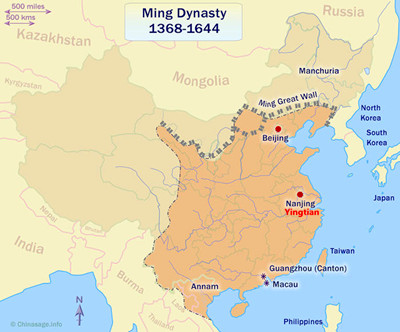 Dynasty. It was the fourth longest Chinese dynasty, lasting for 276 years. Ming Dynasty began with a decline in the Mongol Empire and uniting of ethnic Chinese resistance; flourished with a growth in foreign trade, art, and literature; and ended with natural disasters, war, and internal rebellion, which weakened the Chinese ready for defeat by the united Manchurian forces.
Dynasty. It was the fourth longest Chinese dynasty, lasting for 276 years. Ming Dynasty began with a decline in the Mongol Empire and uniting of ethnic Chinese resistance; flourished with a growth in foreign trade, art, and literature; and ended with natural disasters, war, and internal rebellion, which weakened the Chinese ready for defeat by the united Manchurian forces.Facts of Ming Dynasty
Time: 1368-1644
Capital: Yingtian (Nanjing),then Beijing
Emperors: 16 emperors from Hongwu
Replaced by: Qing Dynasty
Early Period of the Ming
Rise of the Ming Dynasty
In late period of the Yuan Dynasty, the peasant's uprising - Hongjinjun (army with red scarf in the head) uprising broke out against the Mongols. In 1352, Zhu Yuanzhang joined the peasant's uprising army.
In 1356, Zhu led his army into the city of Jiqing (currently Nanjing), changed the city name into Yingtian and established his own military base there. Through several years' efforts, both the military and economical strength of Zhu's army quickly became stronger.
From 1360 to 1367, his army managed to eliminate the remaining separatist military forces.
In 1368, Zhu Yuanzhang's army captured Dadu (currently Beijing), the capital city of Yuan, and rid China of most of the remaining Mongols, ultimately ending Yuan Dyansty. Zhu Yuanzhang officially proclaimed himself emperor in Yingtian and founded the Ming Dynasty.
Emperor Hongwu (Ruled 1368-1398)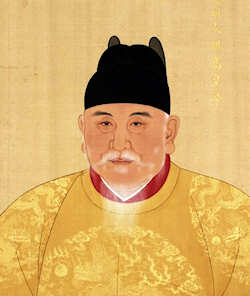
Zhu Yuanzhang claimed the Mandate of Heaven in 1368 and established the Ming Dynasty. Hongwu Emperor was his title. His name meant "Vast Magnificent Military".
After the founding of the new dynasty, Emperor Hongwu, Zhu Yuanzhang ,implemented a series of policies to reduce the peasants' burden and to resume the production of the whole society. On the other hand, he focused much attention on the punishment and prevention of corruption among court officials. Additionally, he sent his sons to supervise the local administration so as to strengthen his hold on imperial power.
Emperor Yongle ( Ruled 1402–1424 )
In 1398, Emperor Hongwu died. According to his will, Hongwu's grandson Zhu Yunwen became the new ruler as Hongwu's eldest son had died. Zhu Yunwen was known as Emperor Jianwen.
In 1402, Emperor Jianwen's uncle, Zhu Di, led an insurrection against him. Zhu Di was the fourth son of Hongwu and he became the third emperor of the Ming Dynasty — Emperor Yongle. Zhu Di was Emperor Chengzu, whose reign was considered as one of the most prosperous periods in the Ming dynasty.
1. During his reign, an unprecedented encyclopedia called Yongle Dadian was regarded as the biggest and earliest encyclopedia in the world.
2. From 1405 to 1433, Emperor Chengzu sent a eunuch named Zheng He to lead Ming's fleets across the Indian Ocean. They visited many countries in Southeast Asia, expanding the influence of the Ming Dynasty in the world.
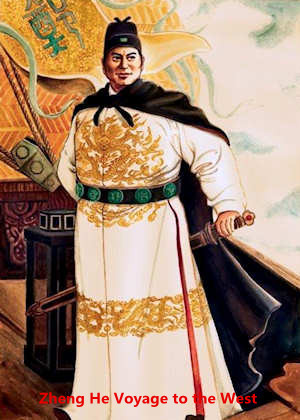 3. In 1402, Zhu Di burned down the palace built by Hongwu in Nanjing. Then he moved the capital to Beijing and construction of a new capital city – the Forbidden City – lasted from 1406 to 1420.
3. In 1402, Zhu Di burned down the palace built by Hongwu in Nanjing. Then he moved the capital to Beijing and construction of a new capital city – the Forbidden City – lasted from 1406 to 1420.
4. In order to provide quick transportation to his capital city, he rebuilt the Grand Canal from 1411 to 1415. This increased commerce in the north.
As the fifth emperor of the Ming Dynasty, he ruled over a peaceful and prosperous period. In 1432, Emperor Xuande issued a sea ban policy. In 1433, the court canceled sponsored sailing missions after Zheng He died. He set up schools in court for eunuchs. The eunuchs started to become involved in politics.
Although the Ming court stopped sending out fleets to the West, Western Europeans came to them to trade and to teach Christianity. There was a high demand for manufactured products, such as porcelain and silk, in the West and Japan.
Middle Period of the Ming Dynasty
Emperor Yingzong (Ruled 1436-1464)
In 1449, a Mongol leader led an invasion and captured Emperor Ying. This was called the Tumu Crisis. His brother became Emperor Dai with the support of the court. Emperor Ying was released by the Mongols — he was under house arrest for 7 years and retook the throne after Emperor Dai died in 1457.
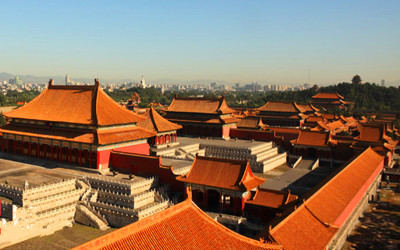 Emperor Shen (Ruled 1572–1620)
Emperor Shen (Ruled 1572–1620)1. In the late 1500s, the merchants prospered greatly from foreign trade. The fortunes of the empire became heavily reliant on trade.
In 1582, a Jesuit named Ricci landed in Macau. He and his fellow Jesuits highly appreciated the philosophy and the culture of the Ming people and they studied the teachings of Confucianism and Daoism deeply.
By 1615, there were 10,000 converts. Some Jesuits were welcomed as court officials after 1601. Some of the Jesuits in the Ming court were very good scientists. They tried to introduce Western science and philosophy to the rulers and officials, but were largely unsuccessful.
Later Period of the Ming Dynasty
2. Li Zicheng led the Peasant's Uprising
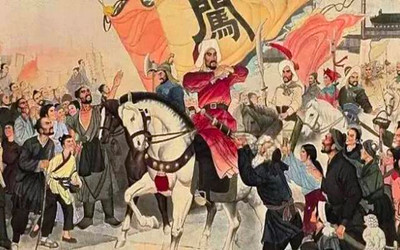 The Ming troops were dispirited and perhaps underfed. A peasant soldier named Li Zicheng (1606–1645) mutinied with his fellow soldiers in western Shaanxi in the early 1630s after the government failed to ship supplies there. His rebel troops had a base of power in Hubei.
The Ming troops were dispirited and perhaps underfed. A peasant soldier named Li Zicheng (1606–1645) mutinied with his fellow soldiers in western Shaanxi in the early 1630s after the government failed to ship supplies there. His rebel troops had a base of power in Hubei.In 1641, a great epidemic started. It isn't known how many died from the plague, but it is said that 90% of the people in one area died from it.
In the 1640s, another ex-soldier named Zhang Xianzhong (1606–1647) created a rival rebel base in Chengdu, Sichuan Province.
In 1644, Li Zicheng's troops were allowed into Beijing when someone opened the gates for him to enter. The last Ming emperor hanged himself on a tree. But the rebel troops didn't enjoy this victory.






 Ask Questions ?
Ask Questions ?